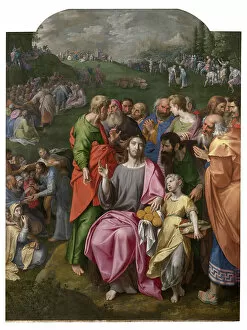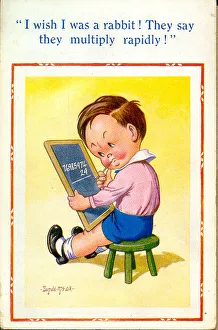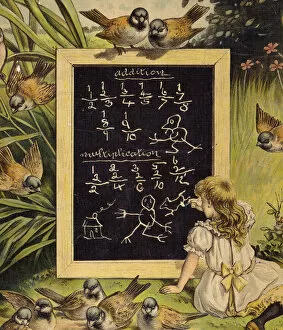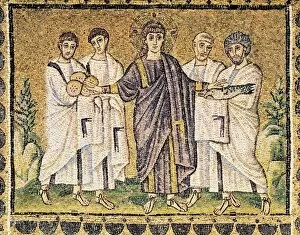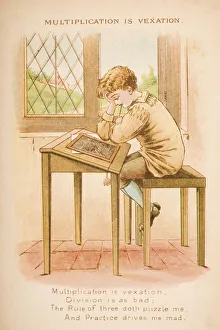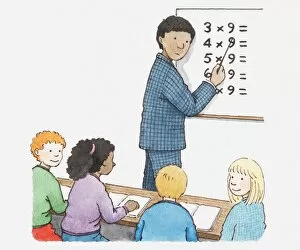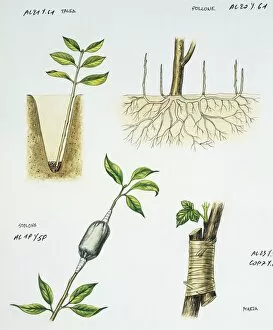"Multiplication: From Loaves and Fishes to Mathematical Marvels" From the biblical tale of the "Multiplication of the loaves and fishes" to Isaac Newton's groundbreaking discoveries, it has fascinated humanity for centuries. In early Christian art, a sarcophagus adorned with scenes depicting this miraculous event showcases its significance in religious history. The notion of multiplying resources beyond their limits captivates our imagination. Isaac Newton, renowned physicist, astronomer, and mathematician, harnessed the power in his scientific pursuits. His revolutionary theories expanded our understanding of the universe through mathematical calculations. The invention of tools like the tubular slide rule further exemplifies mankind's quest for efficient multiplication methods. These devices enabled engineers and scientists to perform complex calculations swiftly and accurately. Artistic masterpieces such as "The Miracle of the Grain" or "The Feeding of Five Thousand" depict moments where multiplication takes center stage. Oil paintings on panel or canvas immortalize these extraordinary events that defy logic. Even in popular culture, multiplication finds its place - from comic postcards illustrating little boys struggling with math problems to engravings humorously declaring that "multiplication is vexation. " It reminds us that even though it can be challenging at times, mastering this fundamental operation opens doors to endless possibilities. Whether it is exploring spiritual narratives or unraveling scientific mysteries, we continue to marvel at how multiplication shapes our world. It remains an integral part of our lives - from basic arithmetic operations like addition and multiplication to advanced mathematical concepts that drive innovation across various fields. So let us embrace this timeless concept as we navigate through life's equations – unlocking new dimensions through each multiplied step forward.







